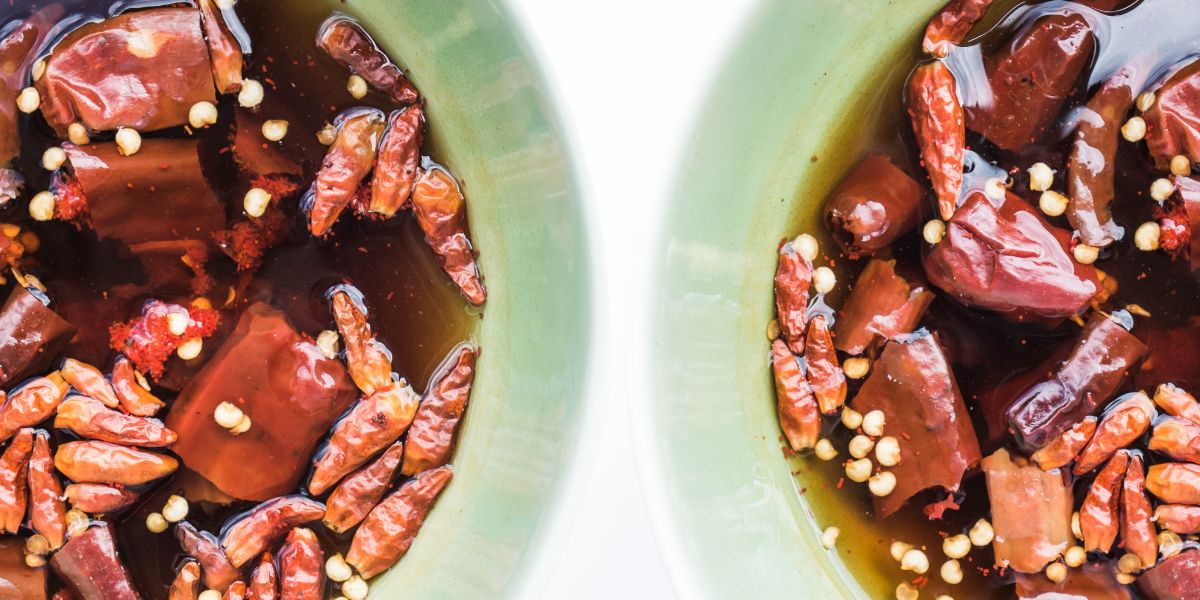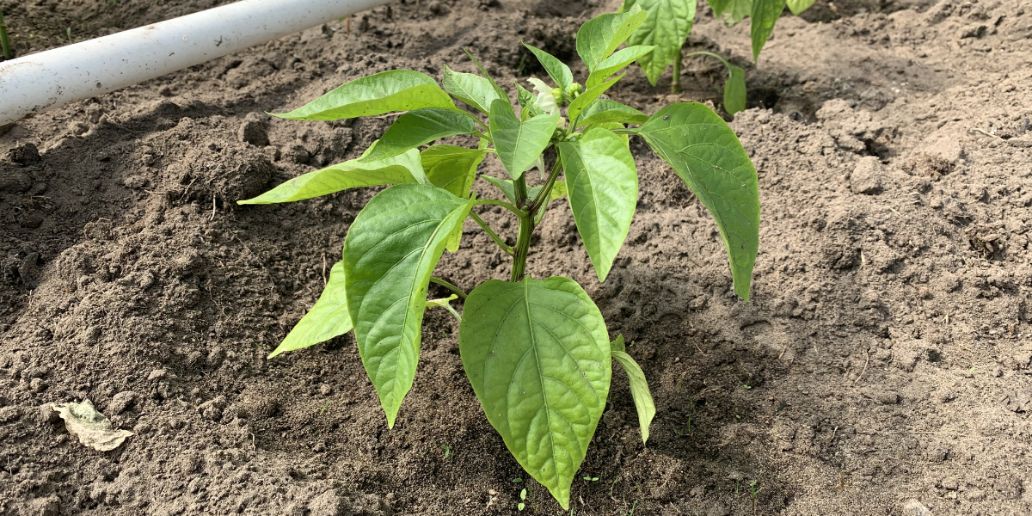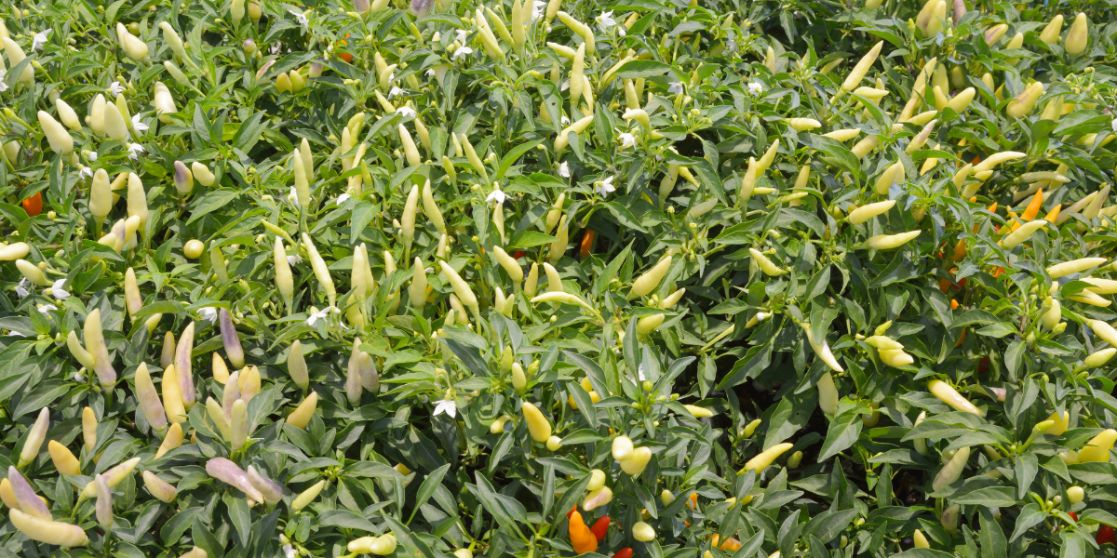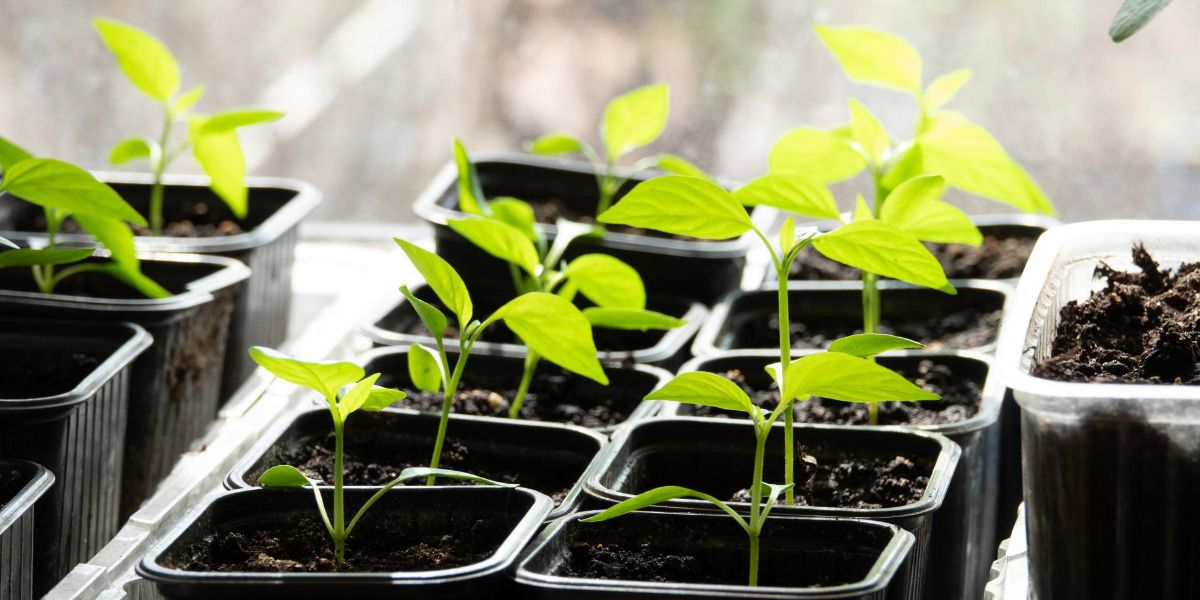How Do You Save Chili Seeds?
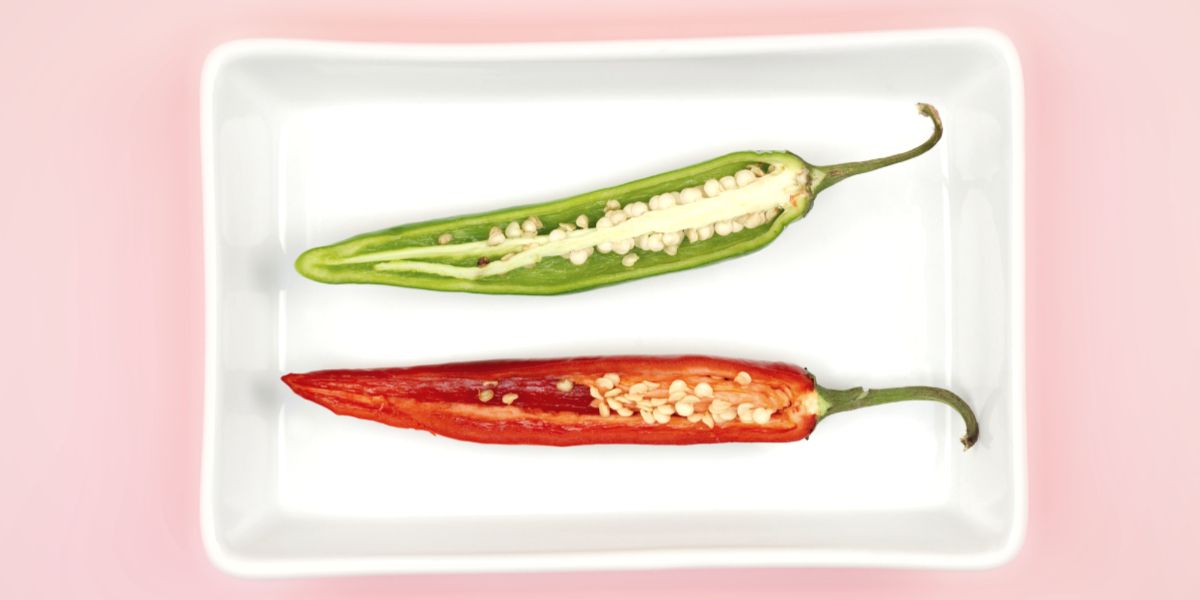
Chili peppers are a popular ingredient in many cuisines around the world. These spicy little fruits come in various shapes, sizes, and heat levels, from mild and sweet to fiery hot. If you're a chili lover, you know that growing your own chili plants is a rewarding and enjoyable experience. Not only do you get to savor the flavor and heat of fresh chili peppers, but you also get to save the seeds and grow new plants year after year.
Saving chili seeds is a simple and cost-effective way to grow chili plants. The seeds of chili peppers are easy to collect and store, and they can last for several years if properly dried and stored. By harvesting and storing your own seeds, you can ensure that your chili plants grow true to their parent plant's variety, and you can save money on buying new seeds every year.
Are you a chili pepper lover who wants to learn how to grow chili pepper plants at home? Look no further! Click below to find out which must-have books will guide you through the process of growing your own chili peppers...
This article will cover everything you need to know about saving chili seeds. We'll discuss how to select and harvest the right seeds for drying, how to tell if the seeds are viable, and how to dry and store them for long-term use. We'll also cover the basics of planting dried chili seeds and growing healthy and vibrant chili plants.
So, get ready to discover the secrets of saving chili seeds and growing your spicy and delicious plants. With a little patience and care, you'll be on your way to enjoying the fruits of your labor and creating flavorful dishes that will impress your friends and family. Let's get started!
Table of Contents
Harvesting the right seeds for drying
If you want to grow healthy and vibrant chili plants, it's essential to start with high-quality seeds. When harvesting the right seeds for drying, it's important to choose seeds from the right variety of chili plant. Different varieties of chili plants produce seeds with different characteristics, so selecting the right variety will ensure that you grow the desired type of chili plant.
To harvest the right seeds for drying, select fully ripe chili peppers from healthy plants. Cut the pepper open and remove the seeds with a spoon or knife. Make sure to handle the seeds carefully to prevent damage. Discard any immature or diseased seeds, as they are unlikely to germinate.
How to tell if the seeds are viable
Before you start drying and storing your chili seeds, it's important to check if they are viable. To do this, put the seeds in a glass of water and let them sit for 24 hours. Those that have sunk to the bottom of the glass are viable and are more likely to germinate. Discard any seeds that float to the top, as they are not viable.
How to dry chili pepper seeds
Properly drying chili pepper seeds is essential to ensure their viability and longevity. According to scientific literature, chili seeds should be dehydrated until the moisture content is 8% or less.
To dry chili pepper seeds, lay them out in a single layer on a paper towel and leave them to air dry in a warm and dry place for at least a week.
It's important to ensure that the seeds are completely dry before storing them to prevent mold growth and reduce the risk of them becoming non-viable. If the seeds are not 100% firm, they are not yet dry enough to be stored, and you should wait until they are. Given that a typical climate has around 40% humidity, the seeds will likely dry within 1 week or less.
If you live in an area with high humidity, it may take longer for the seeds to dry properly. To speed up the drying process, place the seeds in a dehydrator or set your oven to the lowest temperature and dry them for a few hours.
How to store dried chili seeds
Once your chili seeds are completely dry, it's time to store them. Proper storage is essential to ensure the longevity and viability of the seeds.
To store dried chili seeds, place them in an airtight container and store them in a cool, dry place away from moisture and direct sunlight. Research has shown that the ideal amount of moisture that should be present after the chili seed has dried is about 8%. This ensures that the seeds will remain viable for up to four years.
It's also a good idea to label the container with the date of harvest and the variety of the chili plant. This will make it easier to track which seeds are which and when they were harvested.
How long are the dried seeds viable?
Dried chili seeds can last up to four years if stored properly in an airtight container in a cool and dry place. The germination rate should still be high, and you will probably get over a 75% germination rate. Keep in mind that the germination rate may decrease over time, so it's a good idea to test a few seeds before planting them to ensure their viability.
How to plant dried chili seeds
When it's time to plant your dried chili seeds, it's important to ensure that the soil and temperature are right. First, select the seeds from the desired variety and make sure they are viable. Plant the viable seeds in good soil that is rich in nutrients and well-draining. Make sure to water the soil regularly and keep the soil moist but not too wet.
It's also important to provide your chili plants with the right temperature and sunlight. Chili plants require warm temperatures and plenty of sunlight to thrive, so plant them in a warm and sheltered location that receives plenty of sunlight.
To ensure your new chili plants grow true to their parent plant's variety, extract seeds from a mature chili pepper from your desired parent plant. Unripe seeds are not likely to germinate.
While it might not provide 100% protection against wind-carried pollen, keeping your parent plants and the chili plants you are growing in isolation is recommended. This helps to prevent cross-pollination and ensure that the new plants grow true to their parent plant's variety. Covering your plants with insect netting is an excellent way to keep the insects out.
Conclusion
In conclusion, saving and planting chili seeds is a rewarding and enjoyable experience that allows you to grow your own flavorful and healthy chili plants. By following the methods outlined in this article and considering the essential factors that can impact your chili plants' growth, you'll be on your way to growing a bountiful harvest of delicious and spicy chili peppers.
Remember that harvesting the right seeds, drying them properly, and storing them in the right conditions is critical to the success of your chili plants. Select fully ripe chili peppers from healthy plants and discard any immature or diseased seeds, as they are unlikely to germinate. Check if the seeds are viable by putting them in a glass of water and letting them sit for 24 hours. Those sunk to the bottom are viable and more likely to germinate.
To dry the seeds, lay them out in a single layer on a paper towel and leave them to air dry in a warm and dry place for at least a week. Store them in an airtight container in a cool, dry place, away from moisture and direct sunlight, and label the container with the date of harvest and the variety of chili plant. If stored properly, the seeds can last up to four years, and the germination rate should still be high.
When it's time to plant your dry seeds, select them from the desired variety and ensure they are viable. Plant the seeds in good soil that is rich in nutrients and well-draining. Provide your chili plants with the right temperature and sunlight, and cover them with insect netting to prevent cross-pollination. With a little patience and care, you'll have a thriving chili garden in no time. Enjoy the delicious and spicy flavor of your homegrown chili peppers!
References
- https://chili-plant.com/chili-care/drying-chili-seeds/
- https://peppergeek.com/how-to-store-pepper-seeds/
- https://www.thechileman.org/guide_seedsaving.php
- https://greengoscantina.com/how-to-store-chili-seeds-for-planting/
- https://chilepeppers.com/p/growing/saving-pepper-seeds/
